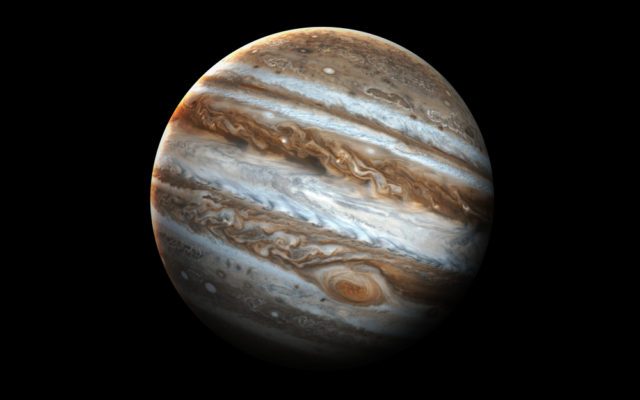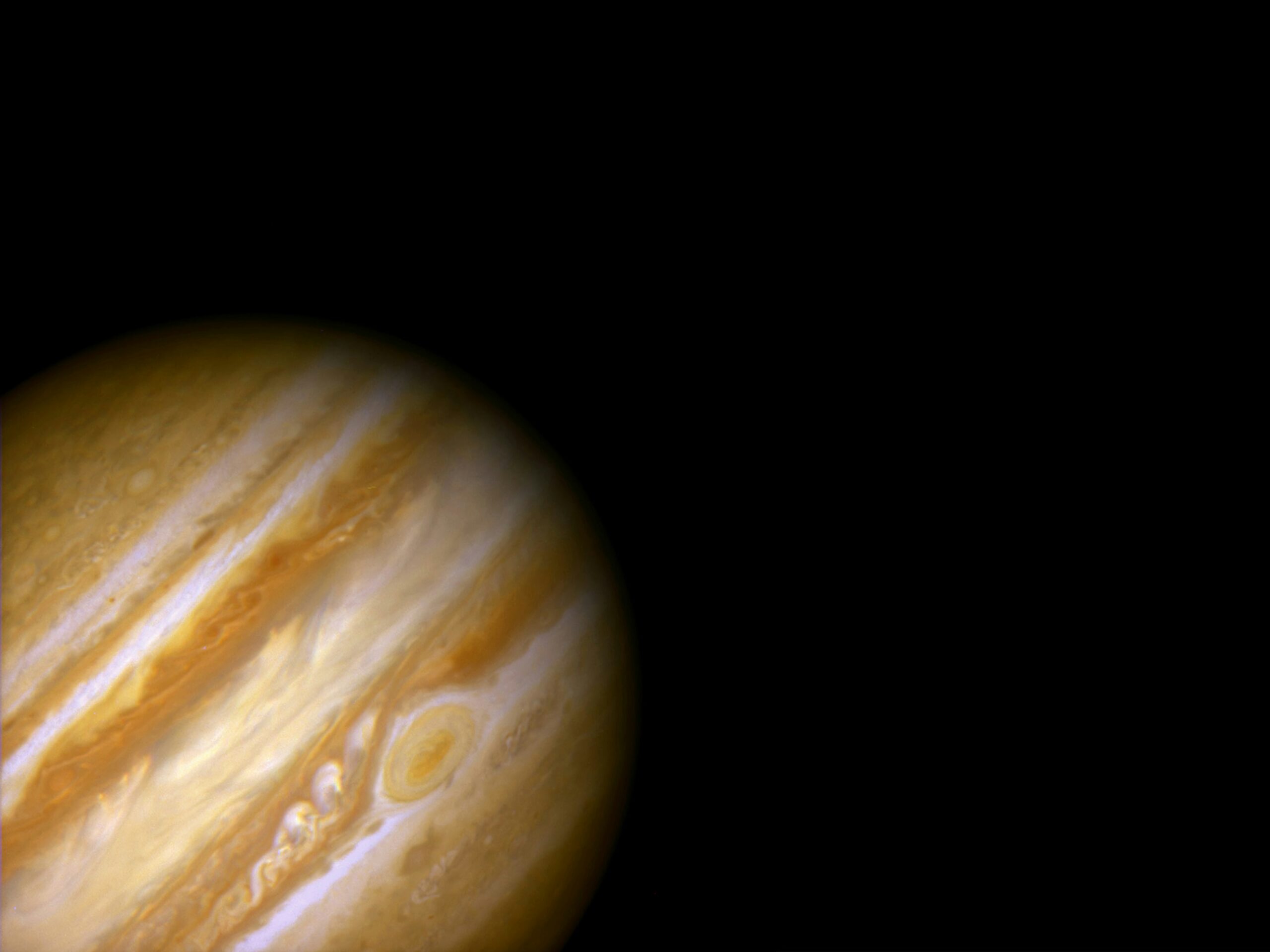Europa, one of Jupiter’s 79 known moons, has long fascinated scientists and astronomers alike. What makes this moon so intriguing is the possibility of life existing beneath its icy surface. Europa is believed to have a subsurface ocean, making it a prime candidate for the search for extraterrestrial life.
The existence of an ocean on Europa was first suggested by the Voyager spacecraft in the late 1970s. Since then, subsequent missions such as the Galileo spacecraft and the Hubble Space Telescope have provided further evidence to support this theory. The icy crust of Europa is thought to be covering a vast ocean that could potentially harbor life.
Scientists believe that Europa’s ocean is kept in a liquid state due to tidal heating caused by the gravitational pull of Jupiter and its other moons. This constant tidal flexing generates heat, preventing the ocean from freezing completely. The presence of liquid water, combined with the necessary chemical ingredients and a source of energy, could create an environment suitable for life to thrive.
Exploring Europa and its hidden oceans is no easy task. The extreme cold, radiation, and the thick ice covering the moon’s surface present significant challenges for any potential mission. However, several proposed missions, such as NASA’s Europa Clipper and the European Space Agency’s JUpiter ICy moons Explorer (JUICE), aim to study Europa in more detail.
These missions will use a variety of instruments, including radar, spectrometers, and cameras, to study the moon’s surface and gather data about its subsurface ocean. By analyzing the composition of the ice and searching for signs of organic molecules, scientists hope to uncover clues about the potential for life on Europa.
The search for life beyond Earth continues, and Europa remains one of the most promising candidates. As technology advances and our understanding of the universe deepens, we may one day unravel the mysteries of Europa’s hidden oceans and discover if life exists beyond our home planet.




